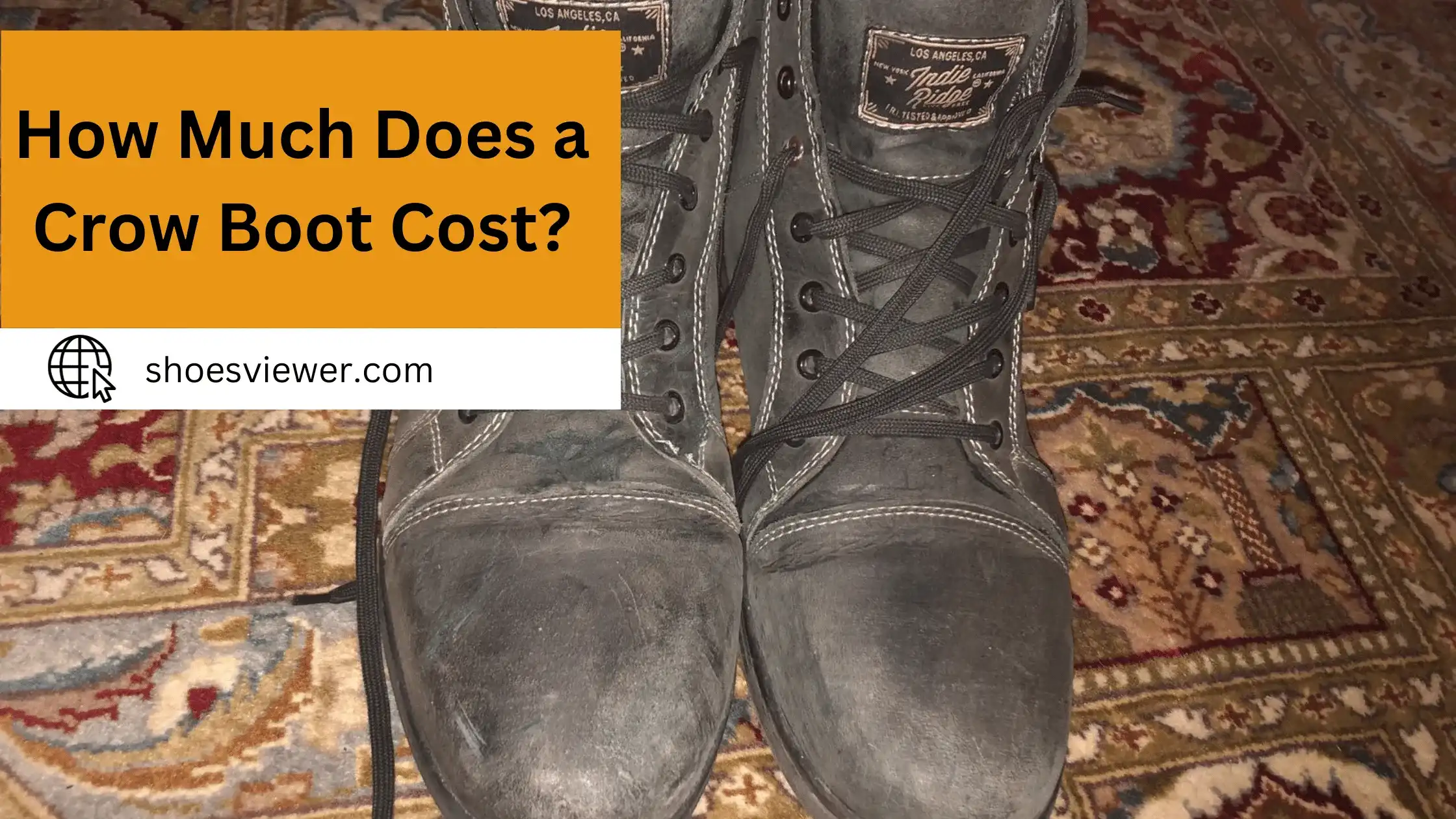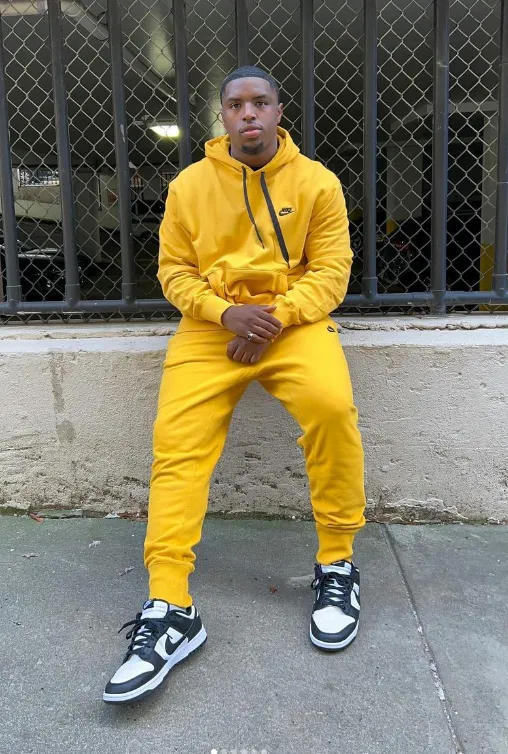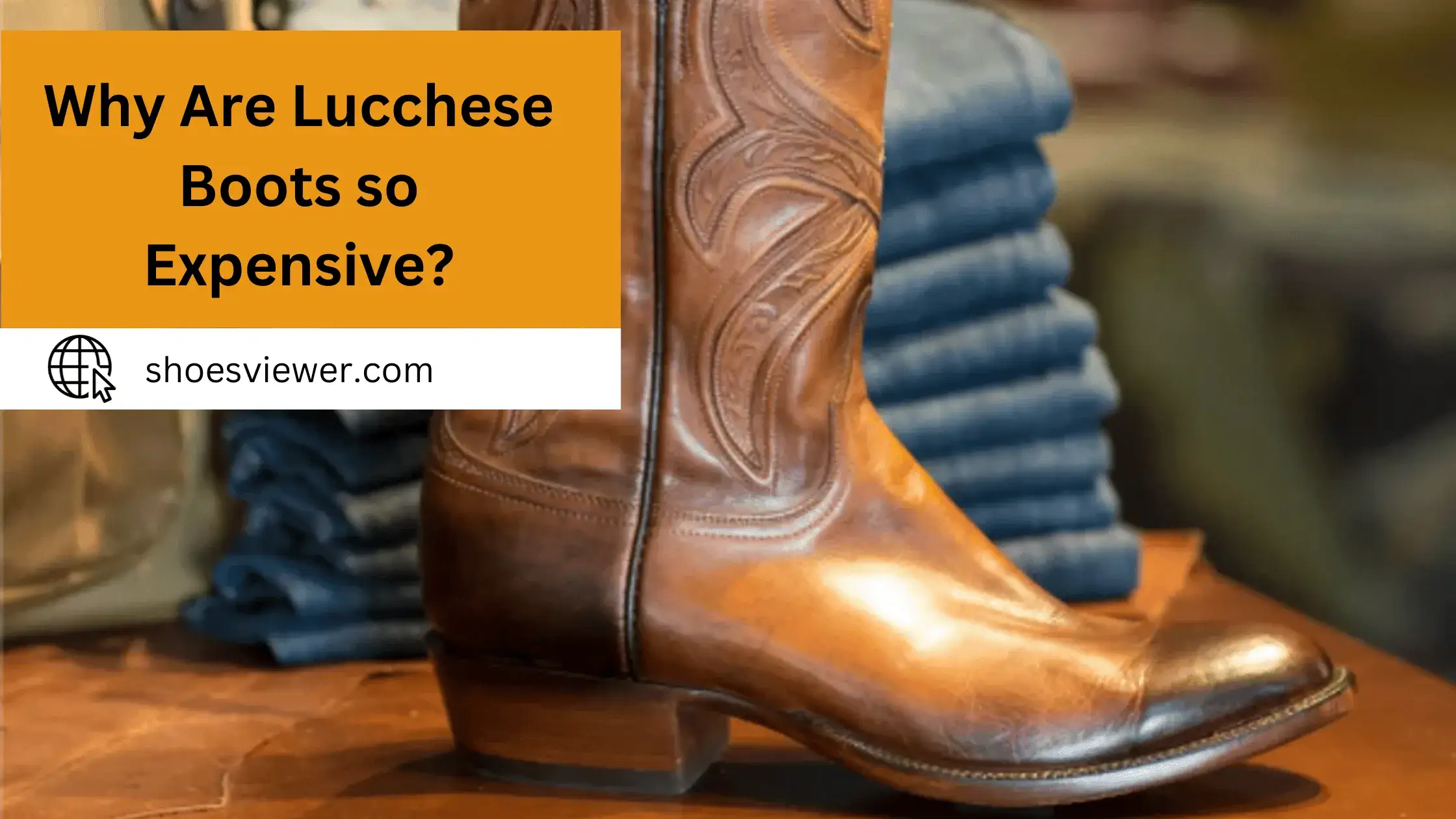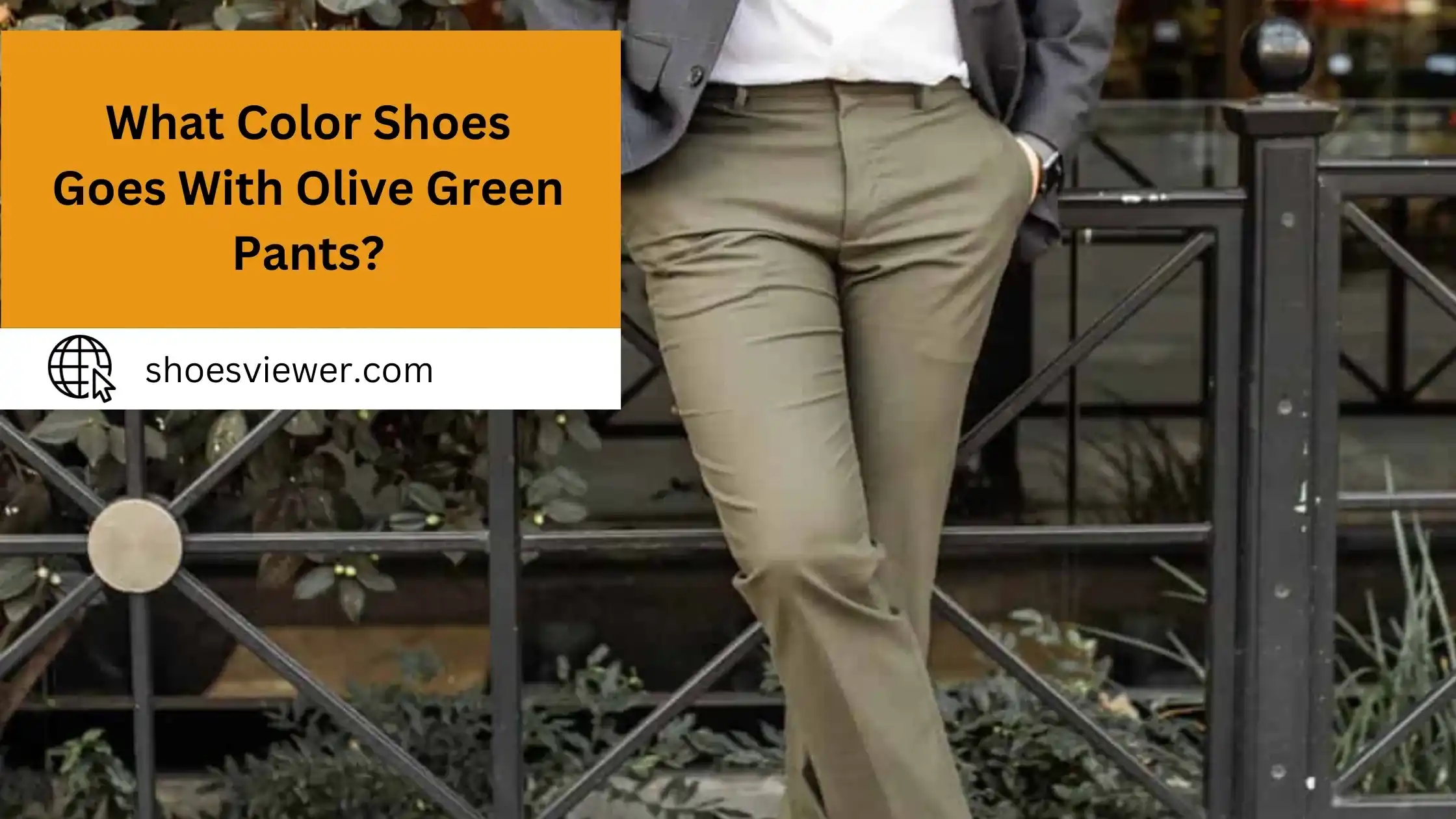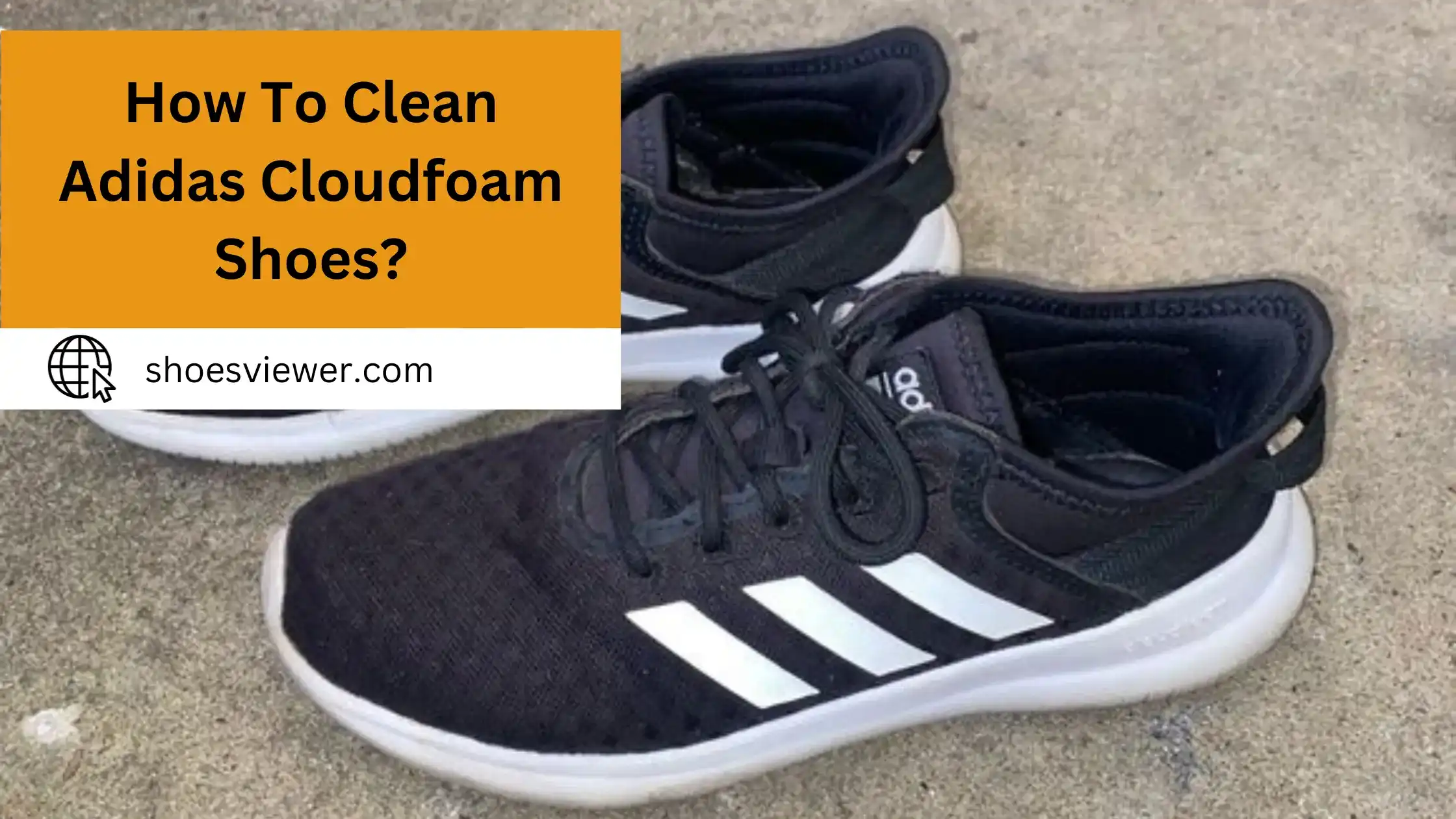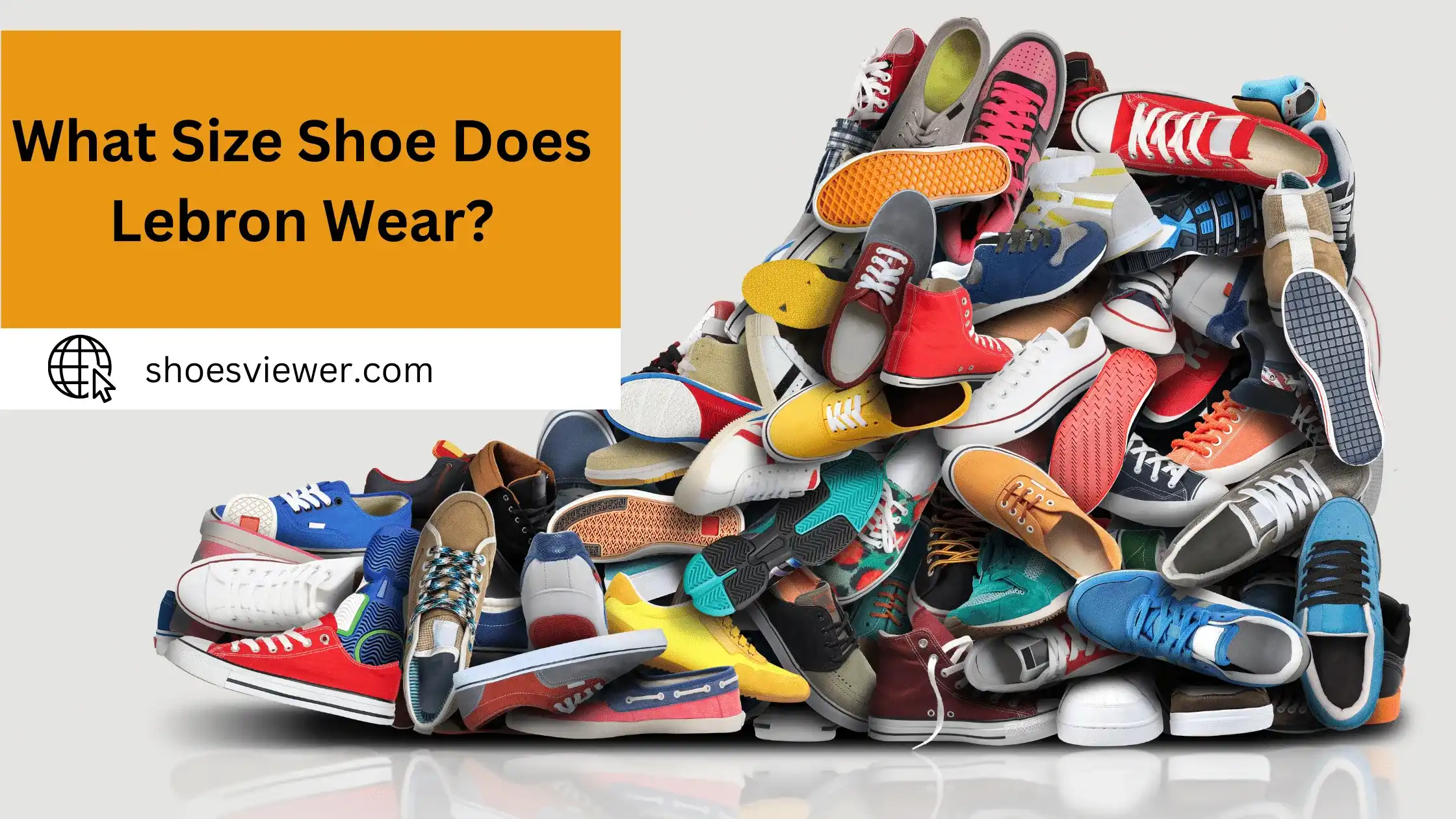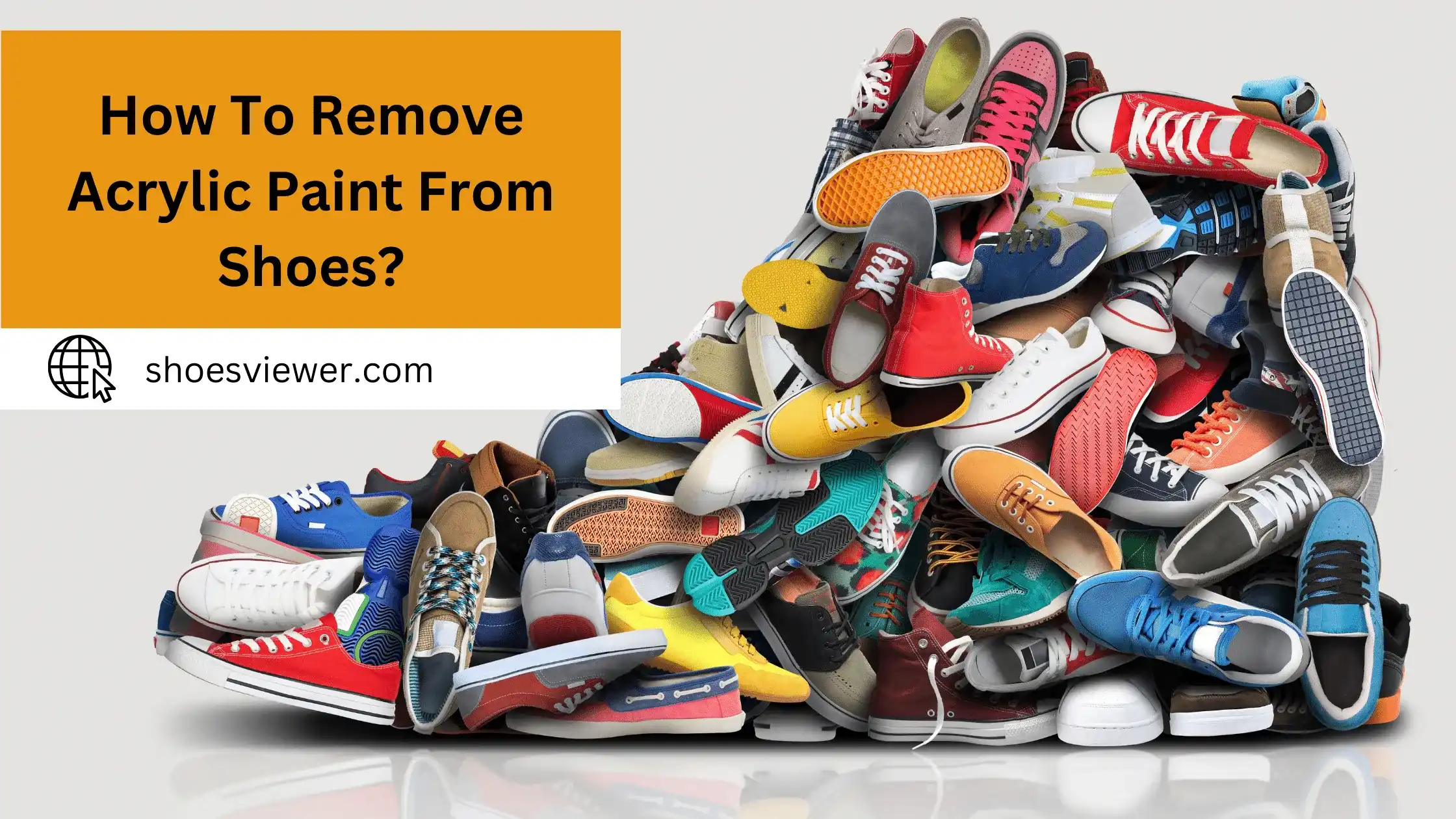It was only a couple of weeks ago that I found myself standing in my local shoe store, feeling overwhelmed. There were dozens of styles on display, but each one came with its price tag, and many had a hefty cost attached!
Of course, I hadn’t anticipated this when I decided to try out a new pair of shoes. With my budget set firmly in mind and no idea what kind of prices I should expect for different brands, I began to navigate through the selections on offer.
Now that some time has passed since then, armed with research into what makes up the cost of footwear and insights gathered during my shopping experience and from other shoppers' experiences, today aims to tackle everything you need to know about how much a Crow boot costs.
Factors Affecting the Cost - Exploring Price Determinants:
As someone who has explored the cost of Crow boots, I understand that several factors can influence the overall price. I’ll discuss my experiences and observations on the variables affecting a Crow boot’s price.
Material Costs:
The quality and type of materials used to construct a CROW boot are pivotal. High-end, lightweight composites that offer durability and comfort can increase the price. In one instance, I experimented with different material suppliers to reduce costs without compromising quality. This required rigorous testing to ensure that cheaper materials could still meet the therapeutic needs of patients.
Customization:
Each CROW boot is often custom-fitted to the patient, which means the manufacturing process includes individualized measurements and mold creation. There’s an inherent cost to this personalization. I recall when we tried to standardize parts of the boot to save on production costs, but we quickly learned that too much standardization could reduce the effectiveness of the treatment.
Labor:
The skilled labor involved in creating a custom CROW boot is a non-negotiable expense. Trained orthotists spend considerable time on each device, and their expertise is part of the value. We looked into the automation of specific production steps, but the custom nature of these boots limited how much we could automate without affecting quality.
Healthcare Provider Markup:
Often, the final cost includes a markup from the healthcare provider. This can vary widely depending on the provider’s operating costs, the subsidies they might receive, and their contracts with insurance companies. We had to negotiate with providers to find a price point that would be fair yet also allow for the sustainability of our business.
Insurance and Coverage:
Whether a patient’s insurance will cover a CROW boot can significantly affect the out-of-pocket cost. I’ve seen cases where the lack of coverage or high deductibles led to increased direct costs for patients, which prompted us to seek ways to aid them in navigating insurance complexities to secure coverage or reimbursement.
I intend to share these insights in greater detail, drawing on my experiences and the practical strategies developed to manage and mitigate cost without compromising the essential quality and effectiveness of a medical device as critical as the CROW boot.
Range of Prices - Examining Different Price Points:
During my search, I came across different sources that offer crow boots at varying price points. Here’s a breakdown of the average prices and options available:
Rinellapo:
On the Rinellapo website, the crow boot (Charcot Restraint Orthotic Walker) is listed, but the specific price must be mentioned. I visit their website or contact them directly for accurate pricing information.
Barrie Orthotics Lab:
At Barrie Orthotics Lab, the crow boot (Charcot Restraint Orthotic Walker) is available for $82.00. This price may vary based on any additional features or customization options.
Orthotics Plus:
According to Orthotics Plus, the average weight of a crow boot ranges from 1.5 to 3kg, and they mention the boot’s ability to position the ankle effectively. However, the specific price needs to be provided on their website.
WM Supply:
WM Supply offers the Charcot Restraint Orthotic Walker (CROW), but the cost is not mentioned. It tries to reach out to them directly for pricing details.
The Price:
The Pricer estimates that the average cost of crow boots is approximately $1,130. It’s crucial to remember that the type of crow boot and insurance coverage may affect this average cost.
Pro Med East:
At Pro Med East, a custom crow walker boot is available, but the specific price is not mentioned. I contact them directly for accurate pricing information.
eBay:
On eBay, a Charcot Restraint Orthotic Walker (CROW) rigid boot is listed, but the specific price is not provided. Interested buyers can visit the eBay listing for more information.
Additional Costs to Consider - Accessories and Maintenance:
When I first took on aiding an injured crow, I focused solely on the immediate need: a crow boot to support its recovery. The price tag on the crow boot didn’t cover the expenses. Here’s what I encountered beyond the initial purchase:
Veterinary Bills:
The most significant unforeseen expense was ongoing veterinary care. Each visit to ensure the crow’s boot was functioning correctly and not causing additional harm added up quickly.
Modifications and Customizations:
The custom boot I initially purchased wasn’t a perfect fit. The costs for modifications and potentially having to buy a second, better-fitting boot were expenses I hadn’t fully considered.
Shipping and Handling:
If you’re sourcing the boot from afar, shipping can be costly, and if the boot needs to be returned for adjustments, those costs can double.
Time Investment:
Time is money, as they say, and the hours spent fitting the boot, observing the crow, and adjusting its habitat to accommodate the new boot were substantial.
Overcoming the Challenges:
With each new cost, I adapted. I learned to work closely with the vet, asking for guidance on adjusting the boot to avoid multiple fittings. I also sought local resources for boot adjustments to cut down on shipping.
By sharing these experiences, I hope to help others prepare for not just the financial impact but also the commitment required when you decide to help an injured animal.
Is There Any Way to Reduce the Cost of a Crow Boot Without Compromising Quality?
Reducing the cost of a Charcot Restraint Orthotic Walker (CROW) boot while maintaining its quality is a challenging task, but not an impossible one. I learned that communication with medical professionals can reveal less apparent cost-saving measures such as:
Bulk Purchasing Agreements:
Sometimes, suppliers offer discounts for bulk purchasing. This is more applicable if a clinic or hospital orders, but knowing this can open a dialogue about potential discounts.
Insurance Negotiations:
Engaging with insurance companies directly or through the healthcare provider can yield better coverage or exceptions based on medical necessity.
Component Substitution:
Some of the boot’s parts may be replaced with less expensive ones without compromising the device’s overall performance. Seeking professional advice is crucial to guarantee that any replacements are secure and efficient.
Payment Plans:
Many providers offer payment plans that do not necessarily reduce the total cost but can alleviate the immediate financial burden.
By sharing these experiences, others might find effective ways to reduce the cost of their CROW boots without sacrificing the quality necessary for their medical condition.
Conclusion:
Crow boots can be an expensive purchase depending on the type of material and design you go with. My experience has shown me that one of the best ways to save money is to buy your boots secondhand from online outlets such as eBay or a physical retailer. Doing so will allow you to look through multiple styles and find the pair with the perfect fit. I love sharing my experiences with people, and I’d love for others looking into purchasing crow boots to benefit from my mistakes and save some money!
